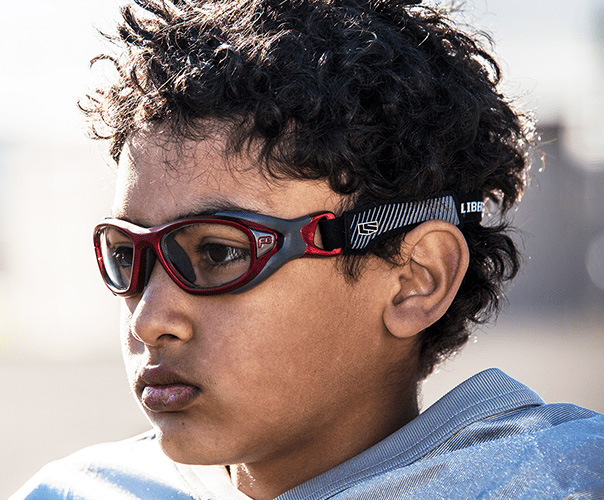New Data from Prevent Blindness Shows More Than 32,600 Sports Eye Injuries Were Treated in 2023, with Pool and Water Sports as the Type of Sport with the Most Eye Injuries
Prevent Blindness has once again declared September as Sports Eye Safety Month to educate the public on the risk of painful and potentially blinding eye injuries while playing sports without the proper eye protection. Prevent Blindness has released new data that shows there were more than 32,600 sports-related eye injuries treated in the United States in 2023.
The new data also showed that the category of “pool and water sports” had the highest rate of eye injuries. The category of “non-powder guns, darts, arrows, and slingshots” had the second highest rate of injuries. For those ages 15 and older, basketball had the highest rate of injuries.
The relatively new sport of pickleball is also increasing the number of eye injuries. According to the American Academy of Ophthalmology (AAO), injuries may occur from being struck by the ball or by the paddle. The AAO states “the risk of eye injury is higher in doubles games because two players are always close to the net and have less time to duck and avoid a fast-flying ball.”
Types of sports-related eye injuries include blunt trauma, including retina tears or detachment, penetrating injuries, corneal scratches and abrasions. Some eye infections are contracted through water sports, with contact lens wearers at higher risk.
Prevent Blindness recommends that athletes wear eye guards when participating in sports as prescription glasses, sunglasses and even occupational safety glasses do not provide adequate protection. Athletes, or parents of children participating in sports, should always consult an eye care professional to determine the best kind of eye protection for their sport and medical needs.
Prevent Blindness offers the new Focus on Eye Health Expert Series episode, “Sports Eye Safety,” with sports vision specialist Keith Smithson, OD, of Northern Virginia Doctors of Optometry, and Sports Vision Pros. Sports eye safety fact sheets, shareable graphics for social media, and a dedicated webpage are available.
“Most sports-related eye injuries can be avoided by simply wearing the proper eye protection” said Jeff Todd, president and CEO at Prevent Blindness. “By working with your eye care professional, you can stay in the game with healthy eyes today and for years to come.”

